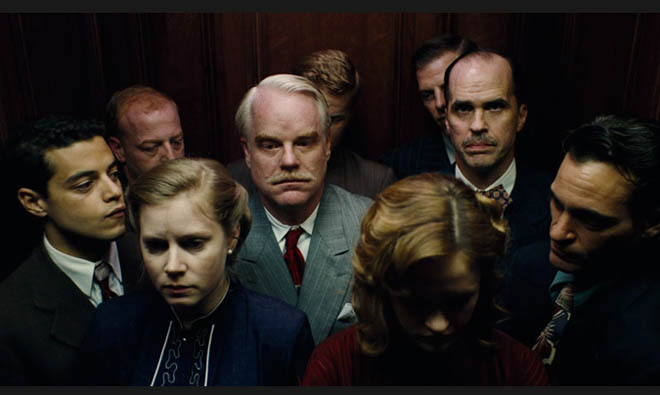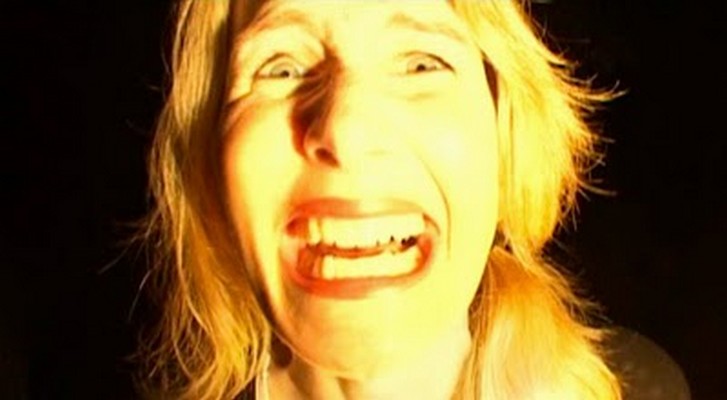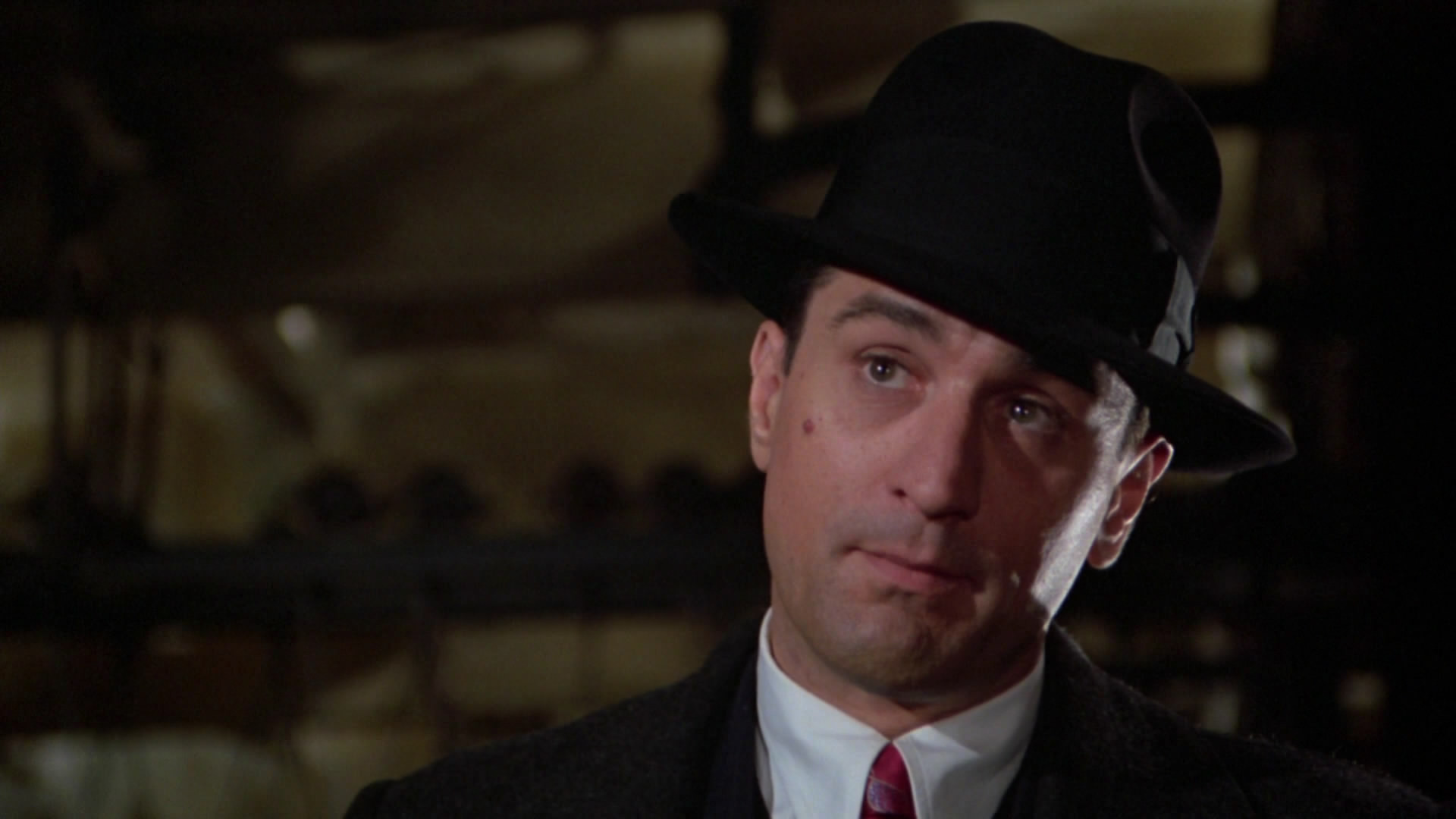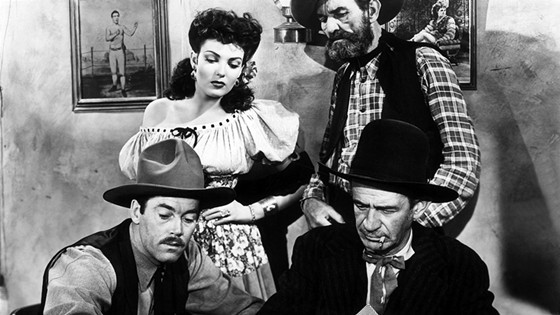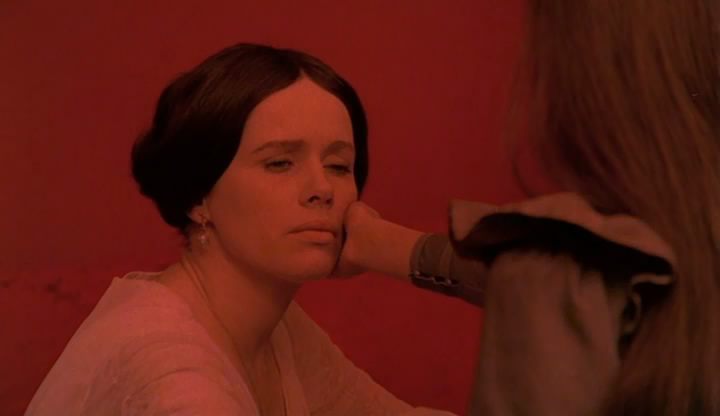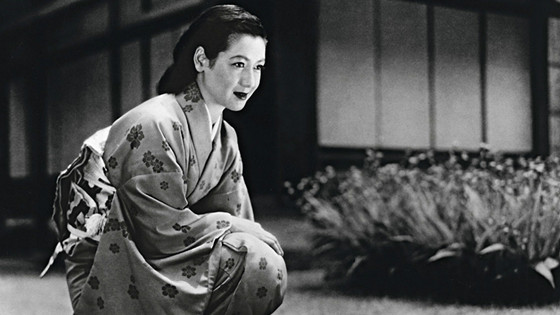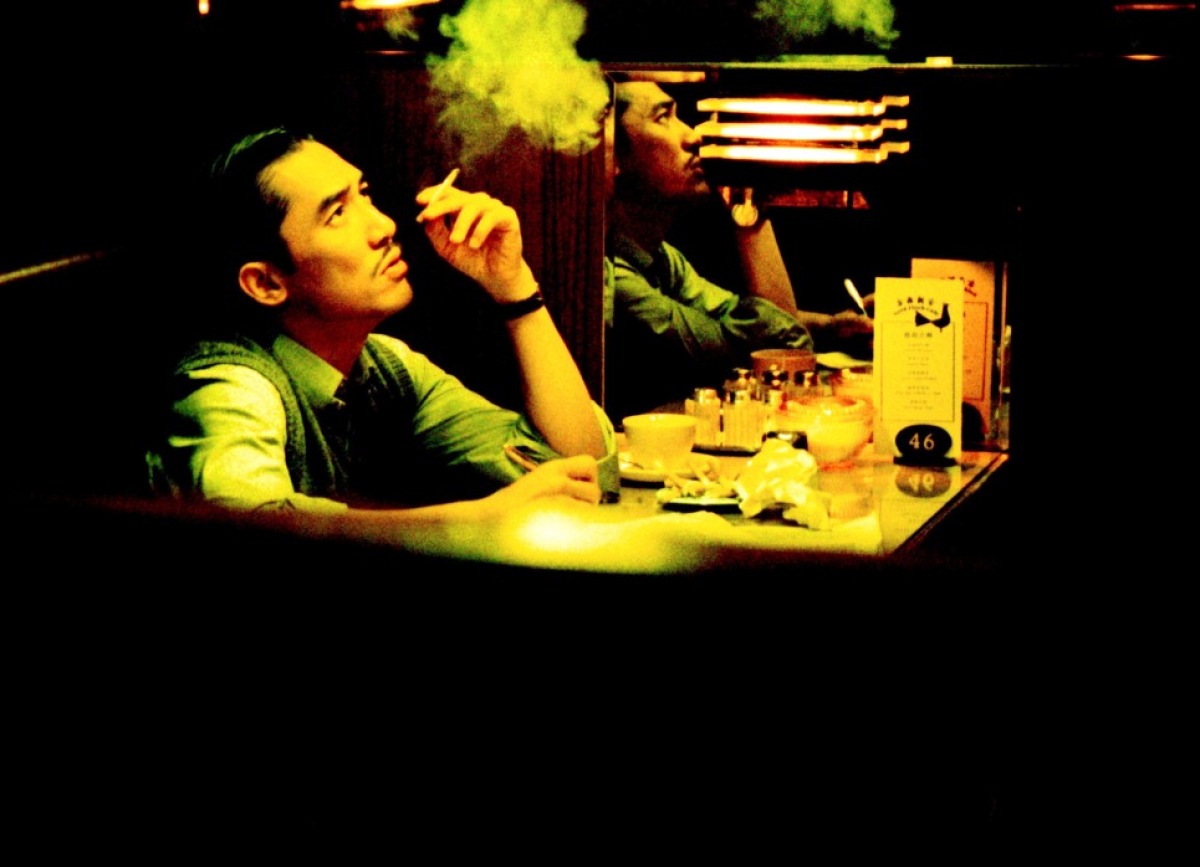For many of the cinematic greats, it is hard to determine which are the greatest of their great works. Can a filmmaker have only one masterpiece? Or can they have many? Is there a difference between a “masterpiece” and a “masterwork”? On the other hand, is it all just semantics, and there’s no point in even discussing this? These questions are often debated, and the answers differ from person to person. If it is so hotly debated what a filmmaker’s true “masterpiece” is, then it is safe to say they could have more than one.
Here’s a little food for thought: If a director has made what is considered one of the greatest films of all-time, yet they have multiple films that are considered their best, then does that mean some of the greatest films of all-time are being overlooked (even by the most knowledgeable critics)?
The answer to that question is highly subjective, but an interesting point of discussion for sure. That leads to even deeper discussions about how the “greatest films of all-time” are chosen: Is “Citizen Kane” truly the greatest film ever made, or has it just become shorthand for it?
The most recent BFI Sight & Sound Poll, for the first time in 50 years, voted “Vertigo” as the greatest film of all-time over “Citizen Kane.” Either this shows a shift in critical consensus or it shows nothing. Once again, the answer is debatable. However, what it does show is that critical consensus on the “great works” can shift, even though it has seemed somewhat static for a long time (a good conclusion would be critical consensus is just slow to change).
This list looks at the masterpieces by great directors that have been overshadowed by their other works. Many of these films are still famous and popular in certain niches of cinema-buffs, but most of them have fallen out of the mainstream when it comes to examining the “Great Works” of cinema.
This list only being twenty films long, however, means that many great works by great directors will not get mentioned like Herzog’s “The Enigma of Casper Hauser,” Hitchcock’s “Notorious,” Rohmer’s “Claire’s Knee”, etc., etc. but perhaps that’s another list for another time. The films that listed are meant to represent a wide variety films by directors from a large portion of cinema’s history that have been underappreciated because of that same director’s other great works.
1. Inland Empire (2006) – David Lynch
Overshadowed by – Mulholland Dr., Blue Velvet, Eraserhead
Strange, surreal, diabolic, shocking, and thought provoking, at the time of this writing, “Inland Empire” is Lynch’s final film, and a very, very strong note on which to end. One of the many great films about filmmaking, “Inland Empire” is Lynch’s most terrifying and haunting work. Starring Laura Dern (in the performance of her career) as the lead actress in a movie that has a much darker past than anyone could have imagined, she slowly falls into insanity as the world of the film and her life become intertwined.
For someone who hasn’t made a film since, Lynch did take some huge leaps forward in his style with “Inland Empire,” most notably, his choice to shoot the film on digital.
By shooting with a camera that is now lower quality than most people’s cell phones and using extreme wide lenses and close-ups, Lynch is able to make one of his most unsettling works. He makes it look easy, too (from a filmmaking standpoint) even though, as the story suggests, there is a lot going on under the surface that requires closer examination and many more viewings.
2. Once Upon a Time in America (1984) – Sergio Leone
Overshadowed by: Once Upon a Time in the West, Dollars Trilogy
Epic in scale, yet intimate in storytelling, Sergio Leone’s gangster film “Once Upon a Time in America” stands as one of his greatest, and was unfortunately his last. This is also Leone’s first film he made outside of the Spaghetti Western genre since he pioneered it with “A Fistful of Dollars.” It is also the final chapter in his epic Once Upon a Time Trilogy, each one a further departure from Leone’s famous Dollars Trilogy.
In terms of scale, the only gangster film that can rival it would be “The Godfather: Part II.” However, “Once Upon a Time in America” is a much more intimate tale, following a group of friends from childhood all the way into old age. Cutting between three timelines significant to these characters’ lives, with the film’s almost four hour running time, “Once Upon a Time in America” can be a rather intimidating experience for most, but it is more than worth the time.
3. My Darling Clementine (1946) – John Ford
Overshadowed by: The Searchers, Stagecoach, Grapes of Wrath
One of the greatest westerns of all time, and easily in competition with films like “Johnny Guitar” and Ford’s own “The Searchers” for the distinction of Greatest American Western, the mythic story of Wyatt Earp and the legendary gunfight at the O.K. Corral, “My Darling Clementine” is a beautifully composed and paced western.
Henry Fonda quietly rocking in his chair, staring off into the vast West. A bustling saloon brought to a quiet by a tense moment between a hero and an anti-hero. A climactic gun battle in the final act of the film. A story of love, loss, family, friendship, and greed, “My Darling Clementine” is the ultimate embodiment of the American Western.
4. Cries & Whispers (1972) – Ingmar Bergman
Overshadowed by: Fanny & Alexander, Persona, The Seventh Seal
Bergman’s films always have a very distinct “Bergman” to them (much like Fassbinder or Antonioni), but each film manages to stand out in some way. “Cries & Whispers” is one of those films that stands out just a little more than the rest. It is only just the distinctive color palette and famous fades to red that set this film apart, but also the subject matter itself.
Bergman is famous for dealing with sexual taboos in his films, but this is his darkest when it comes to sexual repression and frustration. By showing a group of women taking care of their sister, along with her caretaker, and then flashing back to each character’s past, Bergman is able to create a sort of dark and twisted dream state for the film which reveals the characters’ innermost thoughts and desires. An intimate and disturbing portrait, “Cries & Whispers” is easily one of Bergman’s finest works.
5. Late Spring (1949) – Yasujiro Ozu
Overshadowed by: Tokyo Story
Arguably the most beautiful and touching father-daughter relationship ever put on film, Ozu’s “Late Spring” is a moving piece about times changing and the need to let go. Starring frequent Ozu collaborators Chishû Ryû and Setsuko Hara, this is the definition of a movie filled with heart and love. It is not the “love” of lovers, so to speak, as is conventionally the subject of films, but the beautiful and undying love between a father and daughter.
This is Ozu’s most sentimental film, but it ends on something of a bittersweet note. However, it is something both the audience and the characters understand as necessary, and all are left knowing that it is not the end of happiness, but rather a new beginning.
6. 2046 (2004) – Wong Kar Wai
Overshadowed by: Chungking Express, In the Mood for Love
A slow, sad love story: Wong Kar Wai’s specialty. One of his most abstract films, with the plot bouncing between the science fiction story being written by the protagonist (portrayed by Wai’s favorite, Tony Leung) and that writer’s reality. A follow-up to his highly acclaimed film, “In the Mood for Love,” “2046” is the director’s richest work. Although “2046” is a much less focused film than its predecessor, it manages to be even more motif and parallel heavy than it.
Wong Kar Wai is one of those directors who always seems to make every little detail, every character, every interaction, completely intentional, and “2046” is the best example. There is not a moment in the second half that isn’t paralleled to the first. More surprisingly than anything, the cutting to the writer’s story helps clarify more than anything, rather than confuse the audience, which is a major testament to Wong Kar Wai’s writing and directorial style.
As refined and meticulous as “In the Mood for Love,” more profound and complex than “Chungking Express,” and above all, Wong Kar Wai’s best portrayal of his most recurring theme: loneliness. All this together makes “2046” the ultimate Wong Kar Wai film.
